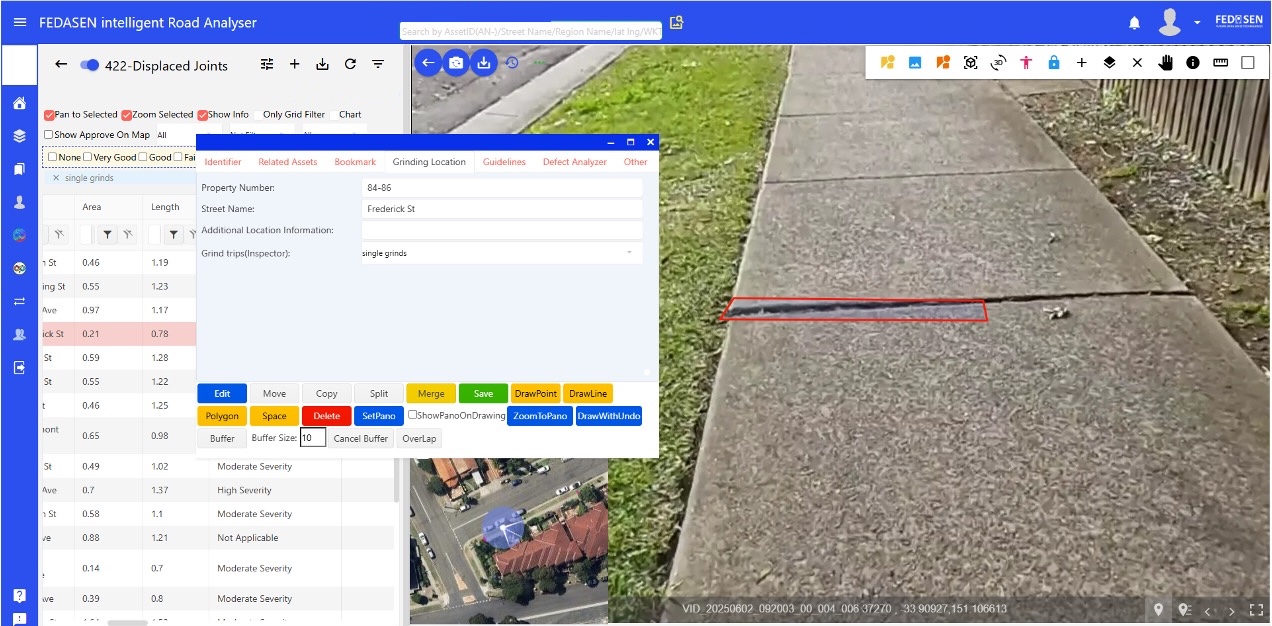Oral Presentation IPWEA International Public Works Conference 2025
Active Assessment of Footpath and Bikeway Networks: A Case Study of AI-Driven FAST Technology Implementation (122985)
Active, continuous, and efficient assessment of footpath and bikeway transport networks is challenging, particularly for large-scale footpath networks exposed to hazardous conditions that demand immediate attention and repair planning. Traditional approaches for reporting infrastructural deficiencies rely heavily on periodic manual inspections, citizen reports, and emergency calls, often resulting in delayed responses and reactive maintenance strategies. To address these challenges, a collaborative initiative with Fedasen has leveraged state-of-the-art AI, IoT, and 3D-modeling technologies called Footpath and Verge Asset Smart observation Technology (FAST) Compact, shifting classical approaches toward more proactive strategies that enhance both accessibility and safety. FAST Compact devices include cameras, sensors, and 3D scanning capabilities that capture surface contours and video footage of footpath assets, transferring this data to a cloud server for AI processing. The 3D models are reconstructed from these images using state-of-the-art AI methods, including structure-from-motion, variations of neural radiance fields and Gaussian splatting, enabling precise joint height measurement, risk assessment, hazard detection, and repair planning. The devices are mounted on Bicycles, E-bikes, mobility scooters, and robots to simulate the experience of footpath users with mobility disabilities, ensuring that pathways and bikeways remain accessible. This paper presents a case study on the implementation of FAST technology, comparing it with traditional approaches and evaluating its effectiveness in proactively addressing the challenges of footpath safety and accessibility.
